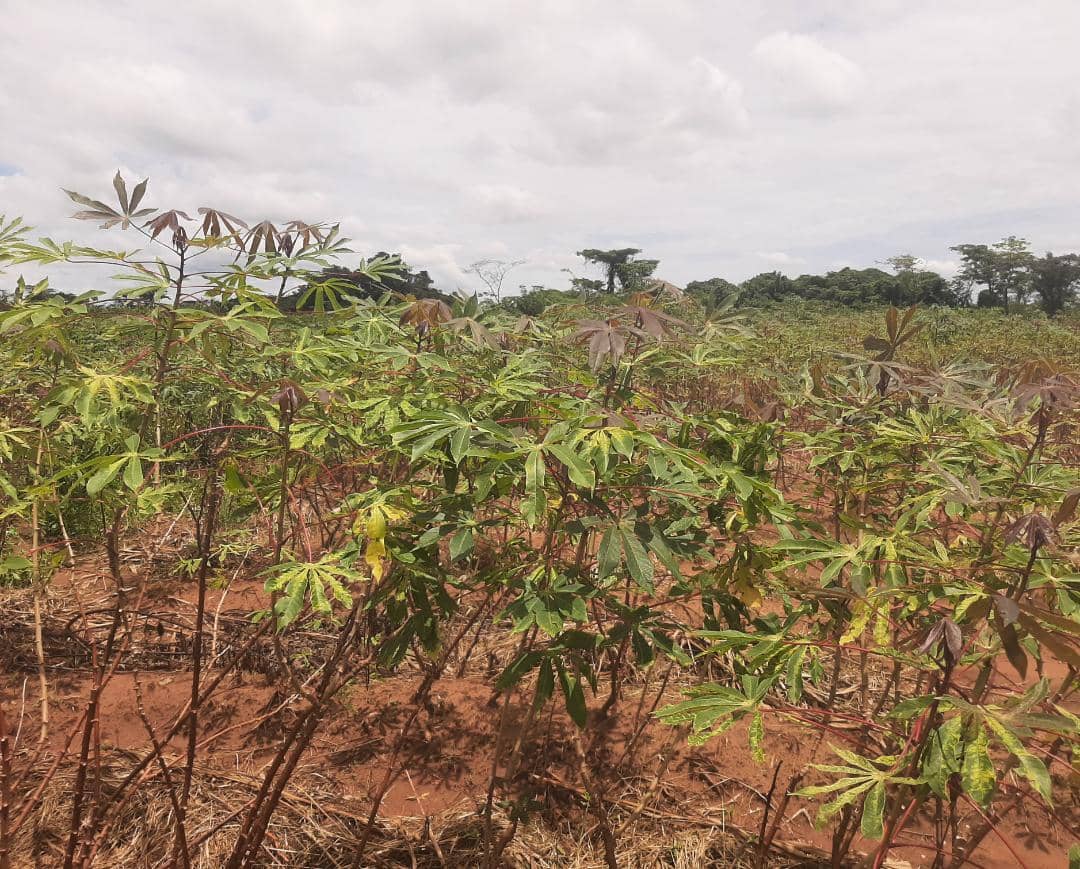
The recent outbreak of cassava brown streak virus disease (CBSD) in Zambia has left over five million people at risk of food insecurity. The disease, which has been present in the north-eastern Luapula Province for a few years, has now spread to the north-western parts of the country, posing a major threat to the country’s food security.
The cassava mosaic virus (CMV), which is transmitted by whitefly, is causing the disease to spread rapidly. This has resulted in yield losses of between 50% and 70% countrywide. Cassava is a vital food staple for the majority of households in Zambia, and the outbreak threatens to create shortages of the crop.
The situation is dire, and the loss of crops due to the disease is creating fear and uncertainty among farmers. Many households will suffer from hunger after the 2022/23 season, with some farmers losing their entire crop. Local authorities are concerned about the escalating cases of the disease and the effect it will have on the livelihoods of smallholder farmers.
The Zambian government, in collaboration with the UN’s Food and Agriculture Organization (FAO) and other groups, is working to contain the spread of CBSD and CMD. Technical Cooperation Programme (TCP), created to enable the FAO to make its know-how and technical expertise available to member countries upon request, will complement the government’s efforts in reducing the effects and spread of the diseases. The TCP aims to build partnerships and create links with communities and other key players within the cassava value chain.
It is heartening to see the TCP seeking to complement the government’s efforts to reduce the spread of CBSD and CMD. Additionally, the FAO and other groups are working closely with the Zambian government to mitigate the effects of the outbreak. We hope that these collaborative efforts will help to contain the spread of the diseases and prevent further losses of crops.
Cassava is a vital food staple in Zambia, but it is also used to make ethanol. As demand for commercial use of cassava increases, some critics have raised concerns about the excess use of food crops like cassava for industrial purposes, threatening the region’s food security. However, it is important to recognize that cassava is also an important raw material for the production of hand sanitizers and other products sold locally or exported to neighboring countries.
In conclusion, the outbreak of CBSD and CMD in Zambia is a significant challenge, but the collaborative efforts of the Zambian government, FAO, and other groups provide hope for containing the spread of the disease. The situation highlights the importance of crop diversification and the need for sustainable agricultural practices to ensure food security for millions of people in the country.


















